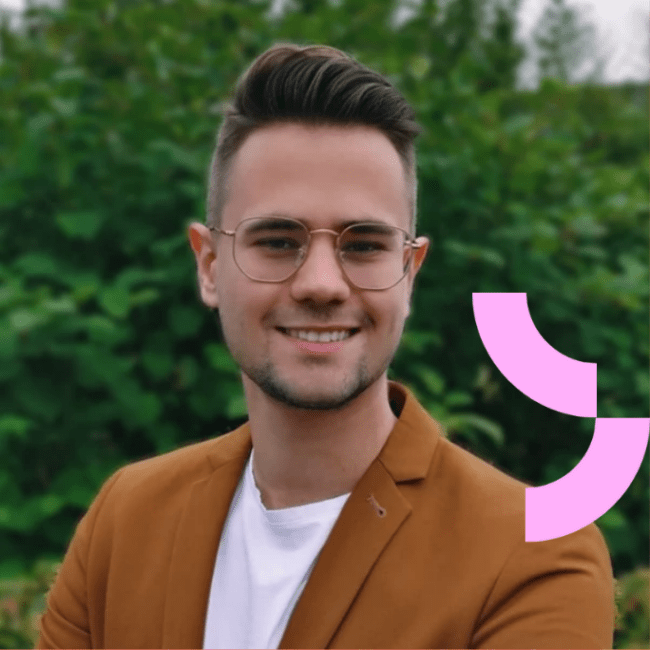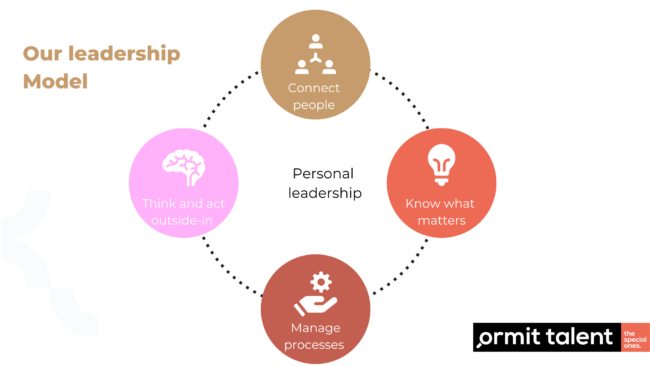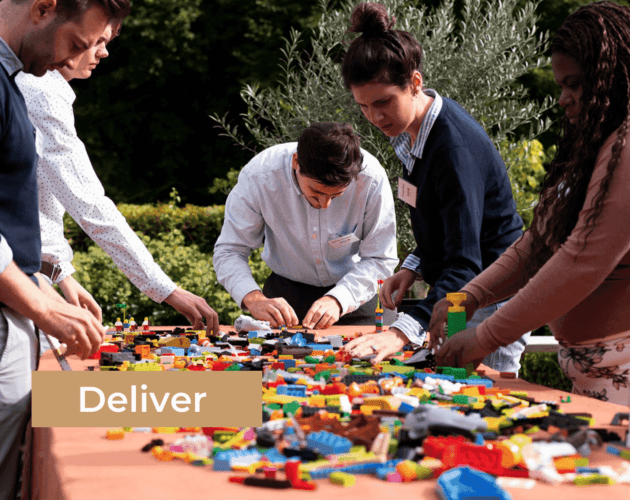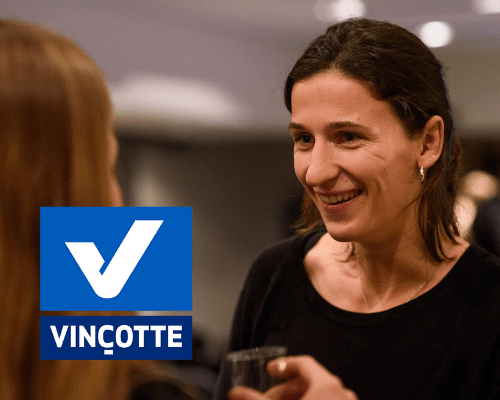
How to create sustainable impact during your projects?
Seven tips & tricks from our Management Trainee Jens Dierckx
Impact. We all want to have it, right? Knowing that you can influence things. That what you do has added value. That your contribution is important. But how do you achieve this? Wanting to have impact and actually having impact: those are two separate things. During his first project at AkzoNobel, Management Trainee Jens Dierckx succeeded in creating a sustainable impact. Curious to learn how he did it? Here are his seven tips and tricks!

Tip 1: Dare to question yourself
If you want to have an impact, dare to question yourself. Regularly. But also be aware that there is no well-defined answer to those questions you ask yourself. Let alone a well-defined solution. Even Ormit Talent is not thé solution. However, Ormit Talent gives you a solid base to develop yourself and your environment. To look at yourself with a critical eye.
Obviously, you can’t change overnight. But your coach is there to get you to the next level: how can I use my insights in my project? How am I going to apply what I have learned during my self-reflection?
Tip 2: There are no shortcuts
You need time to create impact. There is no elevator to success. You need to take the stairs. It took me 8 months of arduous work, observation and noticing improvement points. I had to work with tools I was not familiar with. A very steep learning curve, for sure. But you easily underestimate the time you need to start mastering a tool.
My advice ? Take the time to learn. Don’t forget to take this learning time into account for your planning. The time you initially “think” you will need (including learning time)? Double it.

Tip 3: Leave a footprint on the moon
Ormit Talent focusses on personal development. For me thé reason to join this organisation. Giving and receiving feedback, communication ,… Topics you are working on right from the start. In most companies, you will only talk about these later on in your career.
This focus on personal development also nurtures your own personal ambition.
Trainees don’t go to a project for the sole purpose of solving a problem. Ormit Talent trainees want to leave a “legacy”. Only then you create added value and have an impact.
This is also a game changer for the clients. By reaching out to Ormit Talent, they go beyond the “body shopping”. They are looking for real added value. And they find this added value in the Ormit Talent trainees. Even though the trainees stay there for a limited time. Due to our ambition to leave a legacy, we create a sustainable impact. We leave our footprint on the moon…

Tip 4: Make the world a better place. Start at your client.
When you start working for a client, you are the new kid in town. But you also have a new, unbiased perspective. During my assignment, I quickly noticed that they spend a lot of money on market data. A huge data stream, but not always used efficiently. I gathered and transformed all these data from various sources into one dashboard. And by visualising them, we could also analyse them. I used existing data and existing ways of working. But I combined them into something new. And I even didn’t have to invent the wheel.
This way, I could make a real contribution to the business. I used my fresh perspective to see what was available. I analysed what could be improved. All I had to do next was to pluck up the courage to present my findings and propose my plan. Guess what… It worked! The result? I left a happy , better customer. And maybe somehow even left the world a (slightly) better place.

Tip 5: Smart questions
But of course, it wasn’t all sunshine and rainbows. There were obviously some technical challenges. I also found the stakeholder and expectations management quite difficult. You can’t make it to not deliver on your promises. It’s therefore crucial to have a good view on what people need. On what they find important. Once you have that view, you can adapt your plans and promises accordingly.
How? I learned that the best approach is to meet with the different stakeholders separately. By doing so, you create smaller groups where it’s easier for everyone to give their input. What goes well? What can be improved ? What would be the ideal outcome? You don’t have to be an expert yourself. You just need to stimulate people to reflect. So, you must think about asking the right, relevant questions. Smart questions.

Tip 6: Focus on the right competencies to develop
The Ormit Talent Leadership Model helped me a lot during my assignment. The model consists of five building blocks: “Knowing what matters”, “Managing processes”, “Connect people”, “Think & Act outside in” and “Personal leadership”. Ormit Talent defined observable competencies for all these building blocks. Together with my personal coach and the client, we took the time to have a good look at all of them. Which competencies are needed to make this assignment a success? How can I put these competencies into practice? Together with the client, we also took the time for regular evaluations: what is going well? What can still be improved?
One of the competencies we picked for me to focus on was “stakeholder management”. This allowed me to get a better in depth understanding of the business. The different stakeholders each gave me their interpretation or their perspective on the data. This stimulated me to zoom out and to put all those different perspectives next to each other.
This way, you get a clear view on the expectations. It allows you to start building a solution. Once you are actually building that solution, it’s important to keep your stakeholders in the loop. You have to keep informing them on the progress you make and explain them what you are building. This ensures that, when finished, everyone can use the solution.

Tip 7: Trust is built on connection
Trust is not something you can claim. You have to work to gain trust. As the Dutch say: trust arrives on foot but leaves on horseback. By focussing on stakeholder management, I immediately also started working on trust. Today, there is often a big gap between people from business side, and people from the technical (IT/Data) side. Both parties don’t always speak the same “language”. And that is the reason there is a gap.
To create a sustainable impact, it’s important that everyone is in agreement. Good stakeholder management and effective communication are crucial to have everyone aligned. To connect. To work on trust. This is also something you learn at Ormit Talent. It is what the development of future leaders is all about. Making sure you can be the link between different departments. Connecting the different stakes, perspectives, and needs. To create a sustainable impact, you have to be able the be the (sometimes) “missing” link.



